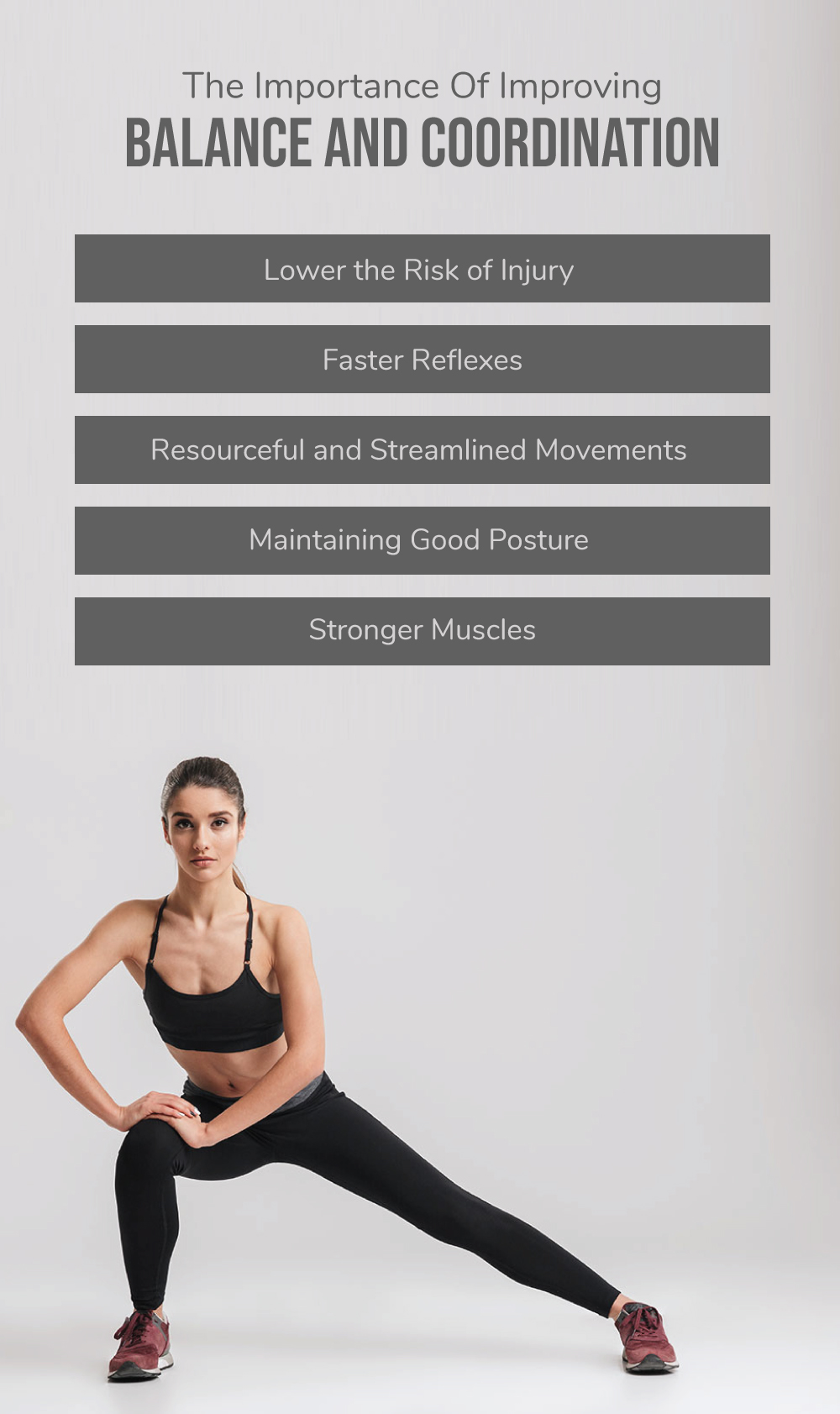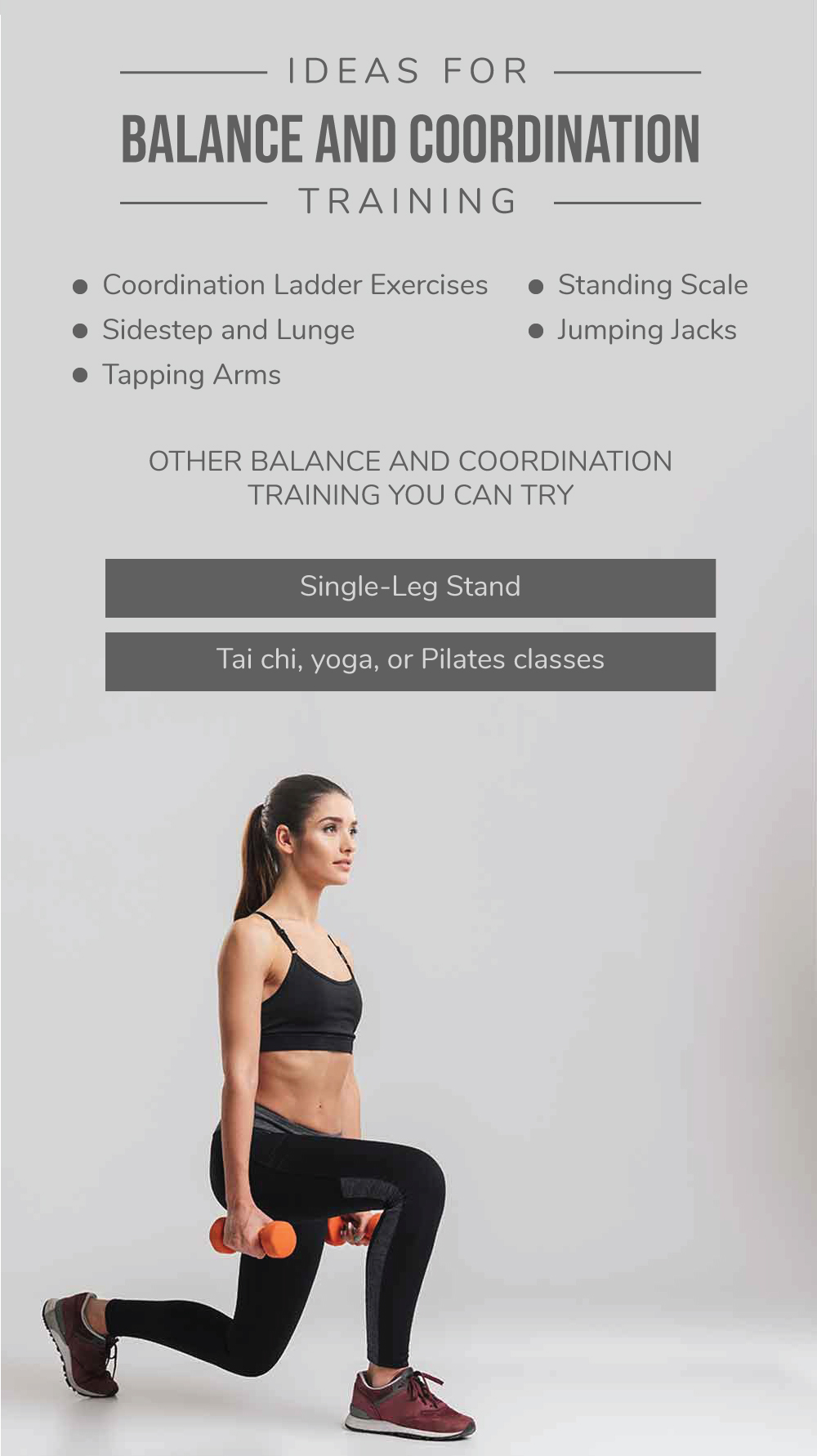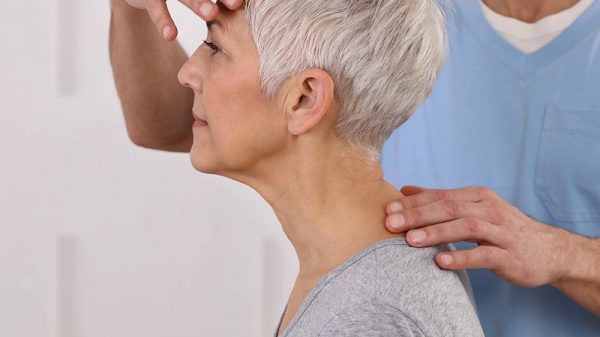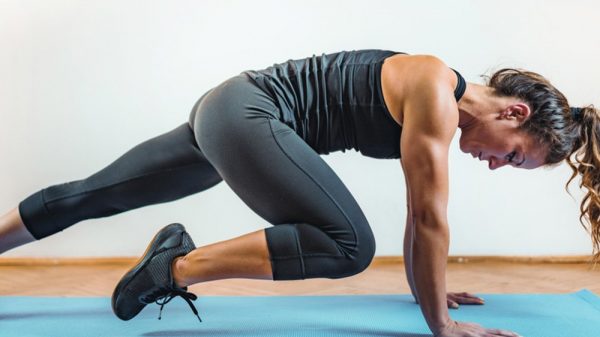Regardless of whether you work out regularly or go through your everyday life comfortably, a sense of balance and coordination is important for your health. Why? Coordination training reduces the risk of injury, increases performance and is also a great brain training activity. Coordination and balance go hand-in-hand and create a foundation for learning a new movement or carrying out everyday activities. Whether you’re experiencing other health conditions, trying to get in better shape, or just want to be more effective when you exercise, there is good news: You can improve both coordination and balance with careful training supported by dietary changes.
If you’re looking for how to improve balance and coordination, you’re in luck. But before you start training, let’s first go over why balance and coordination are integral for quality of life, physical health, and longevity.
What Is Coordination?
Coordination refers to the interaction between the central nervous system, the sensory organs such as eyes and ears, and the muscles. These systems must operate in harmony to optimize efficient movements. What exactly does this mean? Reflect on a time in school where you and a group of peers were assigned a school project. Imagine if all students in the group failed to communicate and therefore didn’t establish a common plan. Instead, they all get started on their own, which probably results in the production of several repeat projects with redundant information, which is highly inefficient and a waste of resources. The same idea can be applied to coordination. Regardless of how strong your muscles are, if there is no connection between the muscles and nervous system, it is impossible to produce a coordinated movement. In the worst case, this can even lead to injury.
The Connection Between Sensory Perception and Coordination
Important parts of the perception exteroceptors (located on the eye, ears, nose, skin, and tongue) and the proprioceptors (sensitivity to physical orientation in space). A coordinated movement would not be possible without these two control systems. Try standing on one leg while closing your eyes. It’s a bit difficult, right? This underscores the strong influence of our vision on our ability to balance. The proprioceptors are mainly located in the connective tissue like muscle spindle, tendon spindle, and fascia and report information to the brain about joint positions and balance. Coordination can be further subdivided into two types. Intramuscular coordination describes the interaction of the muscle fibers of a single muscle. Intermuscular coordination describes the interaction of different muscles during the execution of a targeted movement. In summary, coordination is very complex and only works if all structures involved work well together.
How Is Balance Different Than Coordination?
Balance describes someone’s orientation to the ground, the horizon, and self, allowing the ability to stay in an upright position. Our balance is influenced by signals that the brain receives from the inner ear in a communication pathway called the vestibular system. The inner ear is able to gather information about where your head is orientated in relation to the ground as we are moving. This is why, when we are experiencing motion sickness or seasickness, we feel dizzy, nauseous, and unable to stand up properly. Maintaining balance is critical to successfully carrying out coordinated movements.
What Is a Coordinated Movement?
A coordinated movement is fluid motion that achieves a person’s intent with minimal time and exertion. For example, coordination is required for everyday activities like driving, typing, or writing. Musicians such as pianists require coordinated finger, hand, and arm movements. Athletes such as basketball players require full-body and hand-eye coordination to avoid the opposing team’s defenders and make a basket.

Why Is It Important to Improve Balance and Coordination?
1. Lower the Risk of Injury
With improved balance and coordination, the risk of injury is reduced significantly. Professional athletes have utilized special balance exercises in their training plans. But these exercises are not only important for athletes. Physical therapists also practice their sensorimotor and balance skills with patients who have experienced joint injuries or strokes that may have led to impaired coordination. Improving balance and coordination is also critical for older adults to maintain sharp mental and physical skills. This helps elderly adults avoid falls, avoid injury-related hospital stays, stay active and retain muscle mass, and maintain their ability to carry out daily activities. Increasing flexibility is another aspect of physical wellbeing that helps prevent injury.
2. Faster Reflexes
Improved balance and coordination lead to smooth and efficient complex movements. With faster communication between your sensory organ, central nervous system, and muscles, you are able to respond swiftly to a variety of stimuli. If you walk downstairs quickly, you feel safer. You may respond more automatically to the driver in front of you who slammed on his breaks. Overall, trained people become more mobile and able to maintain longevity. The benefits of bending joints or supporting your body weight are relevant to everyone, regardless of whether they are wearing new high heels or jogging.
3. Resourceful and Streamlined Movements
A significant advantage of a well-coordinated movement is energy conservation. You need less strength to carry out a particular movement because you learn to use only the muscles you really need for a certain movement. If a movement is well-coordinated, it is less strenuous, and therefore on the molecular level requires less energy and oxygen to execute it. When movement patterns improve, the movement increases in speed and increases in overall efficacy. You can utilize the full benefit of strength training if you combine it with balance and coordination training.
4. Maintaining Good Posture
Curved spinal posture and drooping shoulders are usually the result of muscles that are too slack. Balance training takes specific action against this, ensures even muscle growth and thus an upright and confident posture. Maintaining good posture is particularly important for aging adults who tend to be more prone to losing muscle mass and experiencing an injury.
5. Stronger Muscles
Regular balance training requires muscle movement and tests the coordination among certain muscles. The interaction of fibers within a singular muscle is called intramuscular coordination, while the interaction among different muscles is called intermuscular coordination. This not only makes the muscles stronger, but it also trains them to operate much more efficiently. Muscles trained through regular balance exercises also provide protection against back pain and osteoporosis – common ailments among older adults.
Coordination Exercises and Balance Training
The coordinative skills can be divided into special and general coordinative skills. A selective training of individual coordinative skills is only possible to a limited extent since each movement consists of several sub-skills. For this reason, you can always focus on certain coordinative skills in coordination training. Coordination exercises should be carried out at the beginning of a training session and are great for a warm-up. The simple reason for this is that if coordination training is carried out after strength training, muscle groups are more fatigued, which increases the chances of injury.
Coordination Ladder Exercises
There are countless variations of balance and coordination exercises that you can adapt to the coordination ladder. A coordination ladder essentially resembles a flat ladder lying on the ground. Though athletic stores sell these ladders specifically for training, you can easily make one yourself using colored tape or chalk on the pavement. For a starting exercise, try first standing so you are facing the entire length of the ladder. Step into the first space with your right foot, then left foot, before moving to the next space. Continue for the full length of the ladder. It sounds harder than it actually is! Try it at a slow pace first and then increase the pace. You can experiment with different patterns and switch between exercises since the coordination ladder gives you a variety of training opportunities.
Sidestep and Lunge
For the lunge, it is best to find a place in front of a mirror so that you can have a good view of your leg position at the same time. First, stand hip-width apart and place your right leg one step or so forward. Make sure your pelvis is straight. Now imagine that your pelvis descends like an elevator. This movement allows you to focus on your balance as your weight is now distributed differently. When performing the exercise, concentrate particularly on the alignment of your leg axis and on performing the exercise as smoothly as possible. Repeat with your left leg stepping forward.
Tapping Arms
So that the arms are not neglected during training, here is a simple bodyweight exercise focusing on coordination for the arms. First, assume the push-up position. Make sure that your torso and legs are aligned and that you actively support yourself with your shoulders. For this exercise, you need the coordination ladder. Position your arms within two rungs and then move them outside the rungs. It is important to remain as stable as possible. If you feel ready, try increasing the speed.
Standing Scale
The floor scale combines two important elements, stability and mobility, and encourages your muscles to work together. Stand approximately hip-width apart on both legs and simultaneously move one leg backward and both arms forward. Focus on ensuring that the leg, torso, and arms line up. Then increase the intensity of the exercises using a bosu ball, balance board, or weights. As an alternative, try the exercise while closing your eyes.
Jumping Jacks
We all remember jumping jacks from elementary school gym class. But the jumping jack is an effective exercise that specifically trains the coordination of both your arms and legs. You can put spins on the normal jumping jack to increase the test of coordination. For example, assume a standing position with your feet together and your arms together and pointing upwards. In one swift movement, jump to separate your feet while bringing your arms apart, and then return your arms to upwards position and bring your legs together.
Other Ideas for Balance and Coordination Training
You can also incorporate simple exercises into your daily routine. For example, try a single-leg stand while you wait in line at the grocery store, to test your balance. If you start to wobble, see if you can regain control of your balance before switching to your other leg.
If you’re striving to improve balance, coordination, and strength training, there are also many excellent options that cover all of these bases. Tai chi, yoga, or pilates classes will test your balance while simultaneously improving your core strength.
Foods That Protect the Central Nervous System and Muscle Health
If you’re looking for how improve your balance and coordination, exercises are generally the main focus. However, nutrition is a critical piece of the puzzle. Without proper nutrition to support the central nervous system and muscles, it becomes more difficult to retain the necessary strength and forge the connections needed to improve balance and coordination. As an added bonus, many of these dietary changes are critical for reversing metabolic diseases like type 2 diabetes, hypertension, cardiovascular disease, and associated conditions like fatty liver disease.
1. Neuroprotective Fats
Healthy fats, including polyunsaturated and monounsaturated fats, play an important role in protecting nerve connections and facilitating cellular signaling that transmits messages between the brain and muscle. In particular, omega-3 fatty acids like eicosapentaenoic acid (EPA), docosahexaenoic acid (DHA), and alpha-linolenic acid (ALA) are especially beneficial for brain health.
Fatty fish are the main sources of EPA and DHA. Examples of fatty fish to incorporate into your diet include salmon, sardines, mackerel, and anchovies.
Food sources of ALA are mainly plant-based and include flaxseeds, chia seeds, avocado, and hemp seeds.
2. High-Quality Protein
We need protein not only for optimal muscle growth, but also for the production of nearly all biological compounds like hormones, enzymes, and neurotransmitters. If we were to break down protein into smaller pieces, we would find that amino acids are the individual ingredients that are combined to make protein. There are nine essential amino acids that we must obtain from the foods we eat, and we define protein quality based upon whether a protein source contains ideal amounts of these essential amino acids. Meat, dairy, and soy products each have complete amino acid profiles. Plant foods such as whole grains, nuts, seeds, and beans contain essential amino acids. However, if you’re strictly plant-based, make sure you consume a variety of these foods throughout the day to meet your amino acid requirements.
3. Eat Your Fruits and Veggies
Fruits and vegetables are filled with fiber, antioxidants, vitamins, minerals, and other nutrients that keep your body running smoothly. Antioxidants are critical for reducing inflammation in the body that may be contributing to health conditions like arthritis, muscle stiffness, digestive problems, and liver problems. Antioxidants also help to clear cellular waste from tissues in your body, including muscles, brain, and nervous system. Increasing your intake of antioxidants can enhance the communication and function of your muscles and central nervous system, and therefore support the improvement of your coordination and balance.
Nearly all fruits and vegetables contain vital nutrients. Some examples of foods to include in your diet include kale, broccoli, spinach, cherries, watermelon, papaya, avocado, apples, blueberries, strawberries, kiwi, pineapple, cauliflower, and pumpkin.
Conclusion
Improving your balance and coordination is possible! Just incorporate regular exercises into your daily routine, along with supportive dietary changes. The results will pay off and ultimately increase your quality of life and longevity.

Ideas for Balance and Coordination Training























